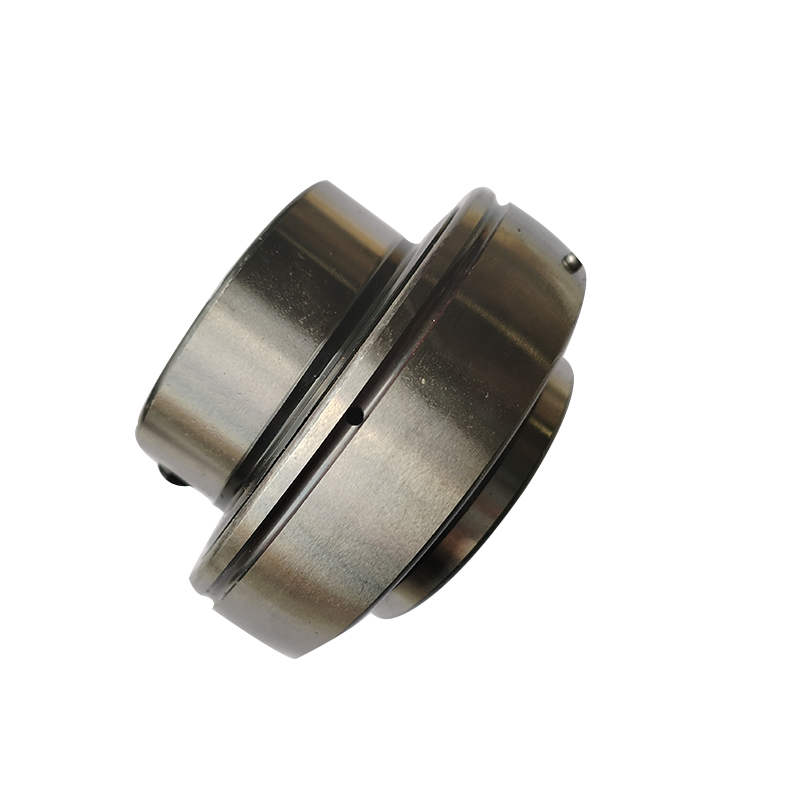ส.ค. . 20, 2024 03:45 Back to list
Replacing Bearings in Motors for Enhanced Performance and Longevity
Replacing Motor Bearings A Guide for Manufacturers
Motor bearings are critical components in electric motors, providing smooth rotation and support to the rotor. Over time, these bearings can wear out due to various factors such as friction, heat, and contamination. For manufacturers, understanding the process of replacing motor bearings is essential to maintain machine efficiency, extend lifespan, and minimize downtime. This article will delve into the importance of bearing maintenance, the signs of failure, and a step-by-step guide for manufacturers to replace motor bearings effectively.
Importance of Proper Maintenance
The longevity and performance of electric motors depend significantly on the condition of their bearings. Well-maintained bearings ensure that the motor runs efficiently, which can reduce energy consumption and overall operational costs. Additionally, preventing bearing failure not only protects the motor itself but also safeguards the machinery it drives, reducing the risk of damage and costly repairs. Manufacturers must implement a regular maintenance schedule to inspect and replace bearings as necessary.
Signs of Bearing Failure
Before initiating the replacement process, it is crucial for manufacturers to recognize the signs of bearing failure. Some common indicators include
1. Unusual Noises Grinding, squeaking, or knocking sounds can signify wear or damage. 2. Increased Vibration Excessive vibration can impact motor performance and indicate misalignment or imbalance. 3. Heat Generation Overheating may suggest inadequate lubrication or worn bearings. 4. Decreased Performance A noticeable drop in efficiency or power output often points to bearing issues.
Being vigilant for these signs can help manufacturers address problems before they escalate, ensuring uninterrupted operations.
Step-by-Step Guide to Replacing Motor Bearings
Replacing motor bearings may seem daunting, but with a systematic approach, manufacturers can execute this task efficiently. Here is a step-by-step guide
1. Preparation Gather the necessary tools and materials, including replacement bearings, wrenches, screwdrivers, a puller, and lubrication. Ensure that the work area is clean and organized.
replacing motor bearings manufacturer

2. Safety First Disconnect the motor from its power source to prevent accidental startup. Follow proper lockout/tagout procedures to ensure safety.
3. Remove the Motor from Service Detach the motor from its mounted position, taking care to note how it is connected for reassembly.
4. Disassemble the Motor Carefully remove the end bells or housing of the motor, exposing the rotor and bearings. Take note of any screws or clips that may need to be removed.
5. Extract the Old Bearings Using a bearing puller, carefully remove the old bearings from the shaft and housing. Be cautious not to damage surrounding components during this process.
6. Clean the Housing Once the old bearings are removed, clean the bearing housing thoroughly to remove any debris, old lubricant, or contaminants.
7. Install New Bearings Place the new bearings into the housing. Ensure they are seated properly and aligned with the shaft.
8. Reassemble the Motor After installing the new bearings, reassemble the motor by reversing the disassembly steps. Tighten all screws and connections securely.
9. Lubricate Apply the appropriate lubricant as recommended by the manufacturer. Proper lubrication is vital for the longevity of the new bearings.
10. Test the Motor Reconnect the motor to its power source and perform a test run. Monitor for any unusual noises or vibrations, and ensure it operates smoothly.
Conclusion
Replacing motor bearings is a critical maintenance task for manufacturers, with significant implications for motor performance and lifespan. By recognizing the signs of bearing failure and following an organized replacement process, manufacturers can ensure that their electric motors operate efficiently and reliably. Regular inspections and maintenance not only enhance productivity but also help in preventing unexpected downtimes, ultimately contributing to a more efficient manufacturing operation.
Latest news
-
25MM 2 BOLT UCFLX05-14 Flange bearing unit( oval)
NewsMar.07,2025
-
4 bolt UCF 200 series Pillow block bearings
NewsMar.07,2025
-
25MM 2 BOLT UCFLX05-14 Flange bearing unit( oval)
NewsMar.07,2025
-
UCF216-50 4-Bolt Flange Housing Square Bearing
NewsMar.07,2025
-
25MM 2 BOLT UCFLX05-14 Flange bearing unit( oval)
NewsMar.07,2025
-
spherical roller bearing material exporter
NewsMar.07,2025





